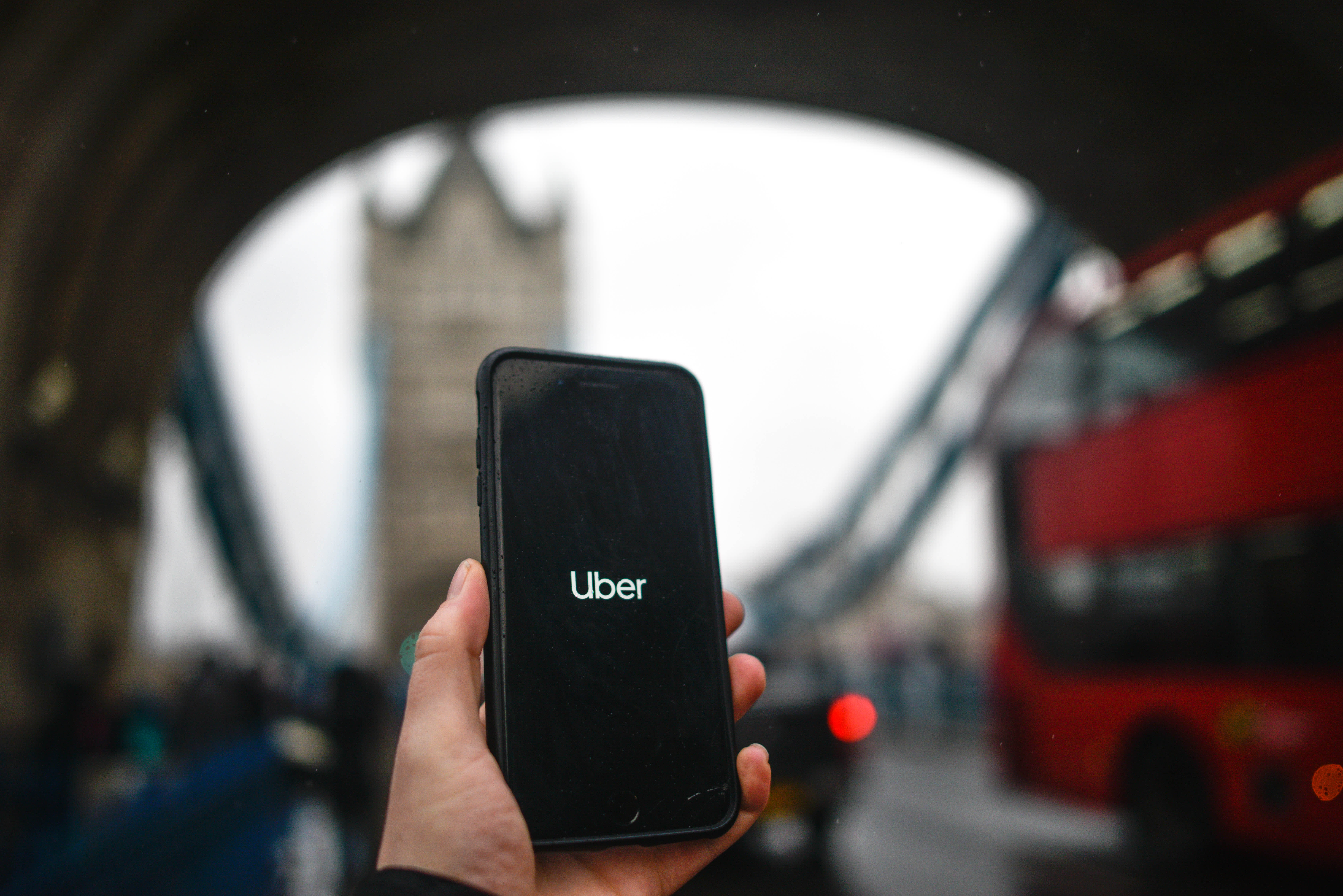Uber hikes prices in London by 10% as it tries to lure back drivers

Peter Summers | Getty Images
LONDON — Uber is raising its prices in London by 10% on Thursday as part of an effort to attract more drivers to the platform, marking the biggest price increase in the U.K. capital since 2017.
It is also increasing the price of an airport journey during peak times by 25%.
Ride-hailing apps have been struggling to meet passenger demand around the world in recent months and cities like London have been impacted particularly badly. When passengers do manage to find a driver, they’re often forced to wait longer than normal and pay surge pricing rates.
Uber believes these issues can be resolved if there are more drivers on the platform but it needs to invest more in labor for this to happen. Instead of opting to reduce the commission it takes on each journey, however, Uber has decided to ask passengers to pay more.
The San Francisco-headquartered company said passenger demand has spiked almost 20% in the U.K. since the nation’s lockdown ended in July. To meet the increased demand, Uber said it needs to hire 20,000 extra drivers across the U.K. before the service returns to normal levels. Hiring more drivers will also help to reduce surge pricing, meaning that the average fare increase for riders will often be lower than 10%, Uber said.
“We’re making these changes to help provide a better rider experience, by signing up more drivers to meet the growing demand,” an Uber spokesperson said.
They added: “We know people rely on Uber to book a safe trip around London and this small fare increase will help reduce wait times. As always riders will get a fare estimate before booking their journey.”
U.K. Uber drivers have complained about pay and workers’ rights ever since the app was launched in London in 2012.
Uber has long argued that drivers are self-employed but in February the U.K.’s Supreme Court upheld a ruling that Uber’s drivers should be classified as workers rather than independent contractors. Uber is calling for a “third way” for classifying gig workers which offers them some protections but still ensures flexible working.
Some drivers stopped working for Uber during the coronavirus pandemic and moved on to new jobs where they qualify for employee benefits such as sick pay and holiday pay, but less flexibility. Drivers realized that they could also use their cars to transport food instead of people.
“Many ride-hail drivers have switched over to delivery during the pandemic and have found that pay is comparable, and they don’t have to deal with people,” industry expert Harry Campbell told CNBC in September.
In April, Uber said it would spend $250 million on a one-time stimulus aimed at getting drivers back on the road.




